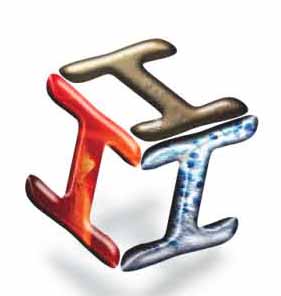Inflammation is an immediate response to infection or tissue injury. It is normally a beneficial response that results in recruitment of immune cells to the inflammatory site to fight infection. These cells also aid in tissue repair and the resolution of inflammatory response. The persistence of inflammation leads to chronic inflammatory diseases such as arthritis, inflammatory bowel diseases and atherosclerosis. These are an increasing problem in the Western world and cost our health system billions in long term care.
Our lab is interested in understanding the factors that regulate both the initiation and resolution of inflammation. CD44 is a cell adhesion molecule implicated in both phases and by learning how CD44 regulates these processes, we may discover new ways to resolve chronic inflammation.
Our immune system is our body’s natural defence against disease. Most of the time its potent action can combat 99% of the diseases we encounter, but should it misfire, it can also cause disease. Our immune system has two components, an immediate, innate response followed by a specific, adaptive response. A key cell type responsible for directing the appropriate immune responses is the dendritic cell. This cell is also crucial for preventing our immune system from attacking our own cells.
Our lab is interested in understanding the factors that control dendritic cell functions. CD45 is an immune cell specific, tyrosine phosphatase that can regulate the dendritic cell’s response to danger signals. We want to understand how it does this and how it affects the outcome of both the innate and adaptive immune responses. Factors that can modulate the immune response will be invaluable in helping us develop new regimes to prevent or cure disease.



